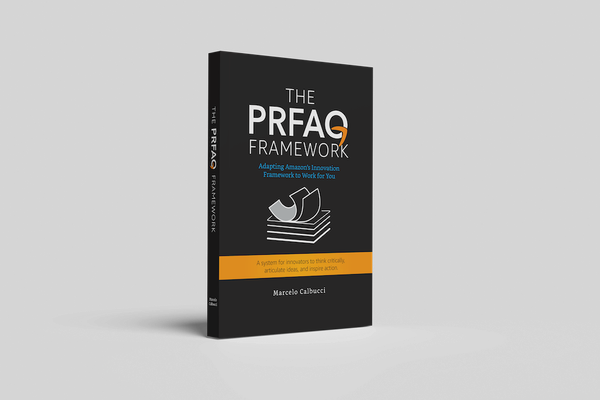Working Backwards at Amazon


Amazon’s catalyst for innovation lies in its perspective to always think from the customer backwards. That’s how most successful projects get done, and it all starts with the commonly used Amazonian phrase, working backwards.
Before building a charter, a project plan and setting out timelines, the first artifact that a customer-centric project entails is the publication of a Press Release and FAQ, or PRFAQ for short. This mechanism allows key decision makers to start with what the customer experience articulated through the press would sound like, using the journalism practice of being concise, with the most important paragraphs outlining the entire program, and why customers would get excited about it. This is part of one of Amazon’s most important leadership principles, customer obsession.
Defining the customer experience through the PR, which is no more than six pages, you work backwards and build out the associated FAQ, where you dive deeper into common questions and answers. The FAQ section is where you would outline and iterate on the tough questions that you would anticipate people would ask, by preemptively answering them.
One notable omission in Amazon’s tooling for being customer obsessed, is the lack of PowerPoint presentations, as Colin Bryar and Bill Carr explain, in their book Working Backwards : Insights, Stories, and Secrets from Inside Amazon:
What if we thought of the product concept narrative as a press release? Usually, in a conventional organization, a press release is written at the end of the product development process. The engineers and product managers finish their work, then “throw it over the wall” to the marketing and sales people, who look at the product from the customer point of view, often for the first time. They’re the ones who write the press release, which describes the killer features and fantastic benefits and is designed to create buzz, capture attention, and, above all, get customers to leap out of their chairs to buy.
The authors explain that as most companies take the approach of coming up with a product or business idea that is great for their organizations, they then try to spin a positive light as to why there are unmet customer needs, rather than the other way around. “If the two organizations had started the process by writing a press release, they would have had to agree on the features, cost, customer experience, and price. Then they could have worked backwards to figure out what to build, thereby surfacing the challenges they would face in product development and manufacturing.”





